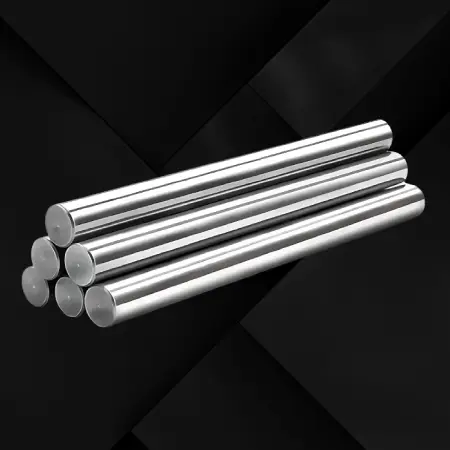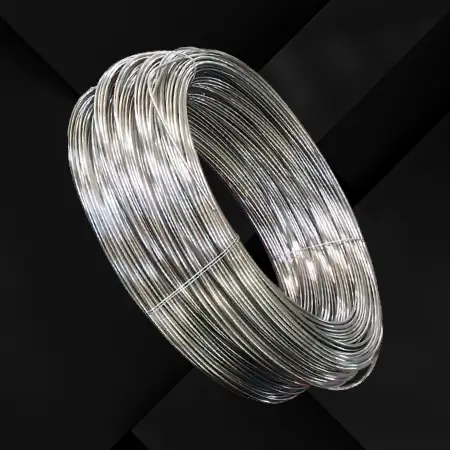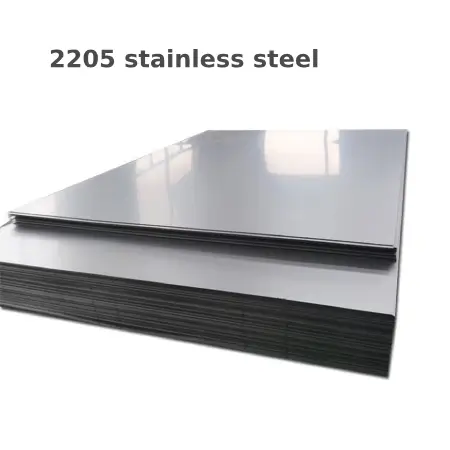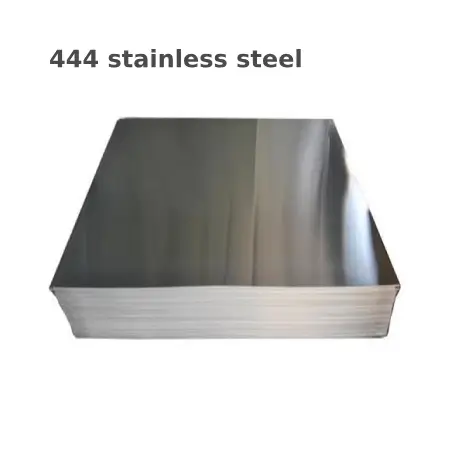Stainless steel rod is a common form of stainless steel stock, which is shaped like a straight rod or bar and comes in various diameters and lengths. Known for its corrosion resistance, strength, and durability, stainless steel rods are used in diverse applications across many industries.
Introduction to Stainless Steel Rod
Material Composition: Stainless steel rods are made from an alloy of iron, chromium, and typically at least 10.5% chromium by mass which prevents rust. Additional alloying elements like nickel, molybdenum, or vanadium can be added to improve properties and performance.
Grades: Stainless steel rods are available in different grades, such as 304. 316. 410. 17-4 Ph, each with specific chemical compositions that govern their corrosion resistance, strength, and temperature tolerances.
Applications: Commonly used in construction, industrial components, machine parts, shafts, frames, and tools, as well as bicycle and automotive components due to their strength and rust resistance.
Finishes: Stainless rods can be found in various finishes including a standard mill finish, bright polished, and centerless ground for critical applications requiring a smoother surface and closer tolerances.
Sizes: Available in a wide range of diameters and commonly sold in set lengths; custom sizes can often be manufactured to meet specific project needs.
Strength: Different grades of stainless steel rods offer varying levels of tensile and yield strength, which make them suitable for applications that demand high loads.
Corrosion Resistance: Stainless steel rods exhibit excellent corrosion-resisting capabilities, particularly those containing higher amounts of chromium and other alloying elements like molybdenum or nickel.
Heat Treatment: Some grades can be heat-treated to improve their mechanical properties. For example, 17-4 PH stainless steel is precipitation hardened through specific heat treatment processes.
Fabrication: Stainless steel rods can be easily machined, welded, or cut to size for specific needs, making them versatile for both prototyping and mass-produced parts.
Manufacturing Processes: Stainless steel rods are manufactured through processes such as hot rolling, cold drawing, or forging, depending on the desired mechanical properties and surface finish.
Certifications and Standards: They are produced and tested in adherence to various international standards like ASTM, ASME, ISO, JIS, and are often certified for specific industries, such as the food processing or pharmaceutical industry.
Maintenance: Low-maintenance surface that can be cleaned with mild detergent and water; maintenance is typically minimal unless dealing with heavily soiled or industrial environments.
Stainless steel rod is a preferred choice for applications where both strength and non-corrosive properties are necessary. Its workability and availability in various finishes make it suitable for a wide array of uses where both performance and aesthetics are important.






